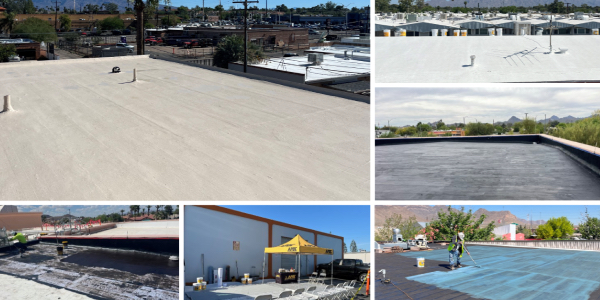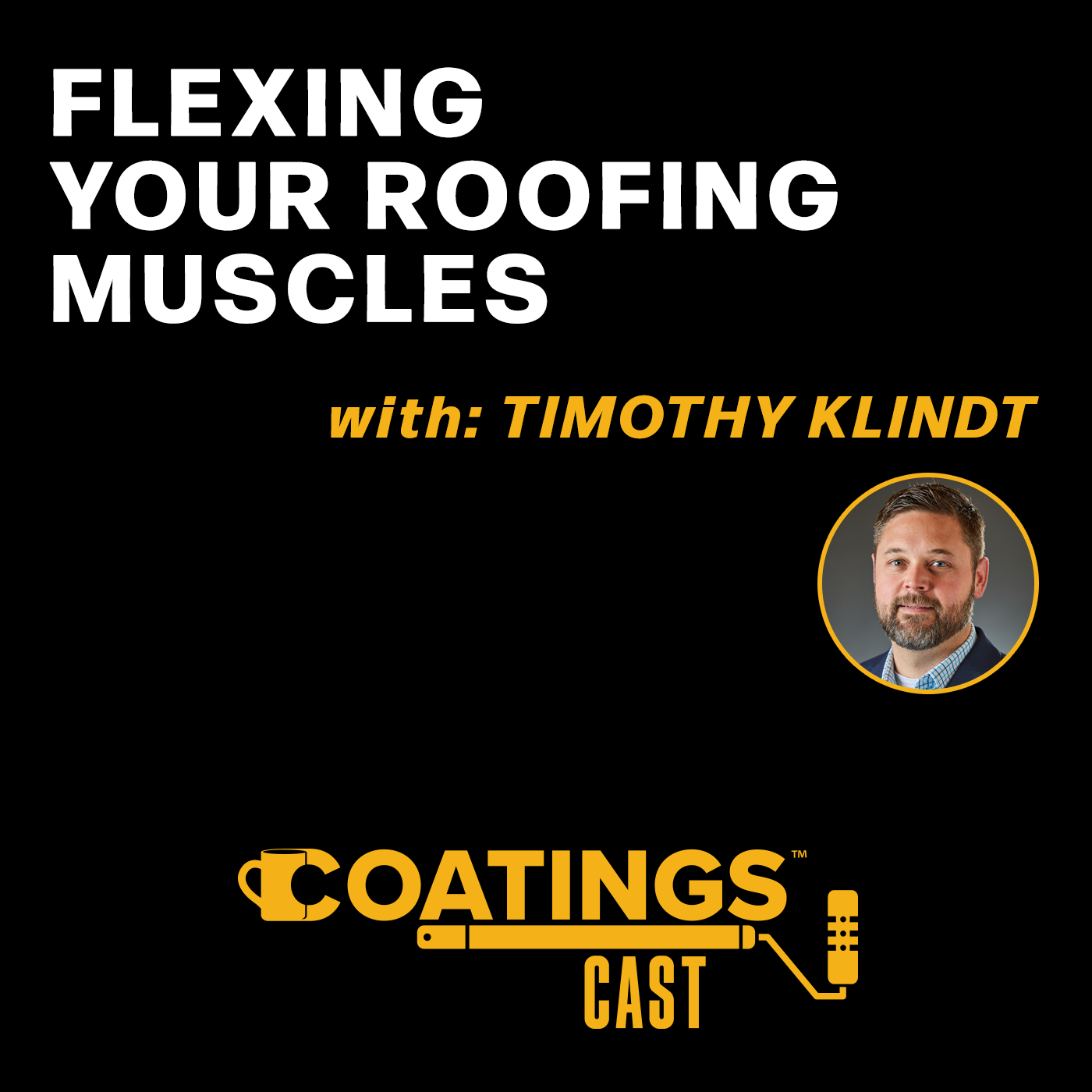Understanding the Importance of Underlayments

By Ken Gieseke, McElroy Metal.
Underlayments are equally important to performance as the topmost layer of a roof.
It is only natural that the average person thinks about the top or finished layer of the roof when asked about roofing products. This is understandable, as it is the final layer that is visible and provides the house or building with an aesthetically pleasing appearance. Underlayments, or the layer under the shingle or metal top, are equally important and at times overlooked. They provide a protective barrier between the roof deck and the finish layer that is necessary for a long-lasting roof. In order for underlayments to be most effective for both commercial and residential roofing systems, a minimum slope of 2:12 is required.
For the last decade, the roofing world has seen an evolution in underlayment products being used in the field. Historically, the preferred underlayment product was an asphalt-saturated felt; commonly referred to as felt paper or tar paper. While this product was standard in the industry, it had its challenges. Specifically, multiple rolls were required as each roll was only 2 square or 4 square in size, the product would buckle and wrinkle as it was rolled out, specifically if left exposed for any length of time, and because it was a paper product, it would degrade at a faster rate.
Read: What is the best underlayment for a metal roof?
Due to these reasons, the market was ripe for an alternative that would give advantages over asphalt-saturated felt. Thus, synthetic roof underlayments were born. Synthetic underlayments are manufactured from high-performance polymers such as polyethylene or polypropylene. They are much lighter weight. They are generally manufactured in 10 square rolls; thus fewer rolls are needed on the job site. They are easier to handle and maneuver, and they install quicker, easier and smoother than the felt paper. Maybe most importantly, they are safer than felt paper to walk on during installation, giving the contractor an added level of security.
So why are underlayments important? Their necessity is two-fold. Not only do they allow the structure to be dried in during the construction phase, they ultimately provide a secondary barrier of weather protection to the structure. If by chance water were to penetrate the top layer in any way, (i.e., improper installation, blow-offs due to storm damage, primary roof covering worn out, etc.) underlayments provide a protective layer that will shed water away instead of letting it come into the building.
Synthetic underlayments are generally manufactured in two different categories; mechanically fastened and self-adhered, which is often referred to as peel & stick. Mechanically fastened underlayments are just that…fastened mechanically with a nail. Various underlayments have differing requirements on how many fasteners to use and which fasteners are appropriate, but all ultimately require some type of fastener to hold them in place. Self-adhered underlayments are true to their name as well. They are manufactured with an adhesive on the back side that allows them to self-adhere to the roof deck without having to use a fastener. While these products can be used to cover the entire roof, they are most generally used in the valleys and eaves and around penetrations such as skylights and chimneys. Code requirements vary, but typically, a self-adhered underlayment should be used to at least two feet inside the exterior walls.
Below are some questions that should be considered when purchasing synthetic underlayment:
1. What temperature thresholds should I install synthetic underlayment?
Mechanically fastened underlayments generally don’t have temperature limitations. However, self-adhered underlayments generally do. Asphalt backed self-adhered underlayments should be installed between 40°F and 125°F.
2. How long can synthetic underlayments be exposed prior to putting on the final roof?
This will vary based on the underlayment, but generally synthetic underlayments have UV inhibitors added to the polymers which will allow it to be exposed between 90-180 days. However, there are exceptions on both ends of the spectrum.
3. What is the warranty on synthetic underlayments?
Again, this will vary depending on the underlayment. Warranties vary from zero to lifetime. The buyer should pay particular attention to the warranty that they are getting when purchasing a synthetic underlayment.
4. Are there any special considerations for peel and stick underlayments for metal roofs?
Peel and Stick Underlayments have temperature ratings. When installed with metal roofing, use underlayments that are designed for metal roofing and have a temperature rating of at least 240 degrees.
5. How do I install synthetic underlayments?
Most synthetic underlayments will provide written installations either through the distributor or on the packaging itself. However, you always start at the low point of the roof and run the product horizontally, overlapping each row in a shingling fashion. When purchasing and installing a self-adhered underlayment, some products offer a split back release liner, which allows the film to come off in two pieces instead of one. A split back release liner helps with the installation of a self-adhered underlayment, as it is easier to handle.
Learn everything you need to know about commercial metal roofing.
Learn more about McElroy Metal in their RoofersCoffeeShop® Directory.
Original article source: McElroy Metal























Comments
Leave a Reply
Have an account? Login to leave a comment!
Sign In